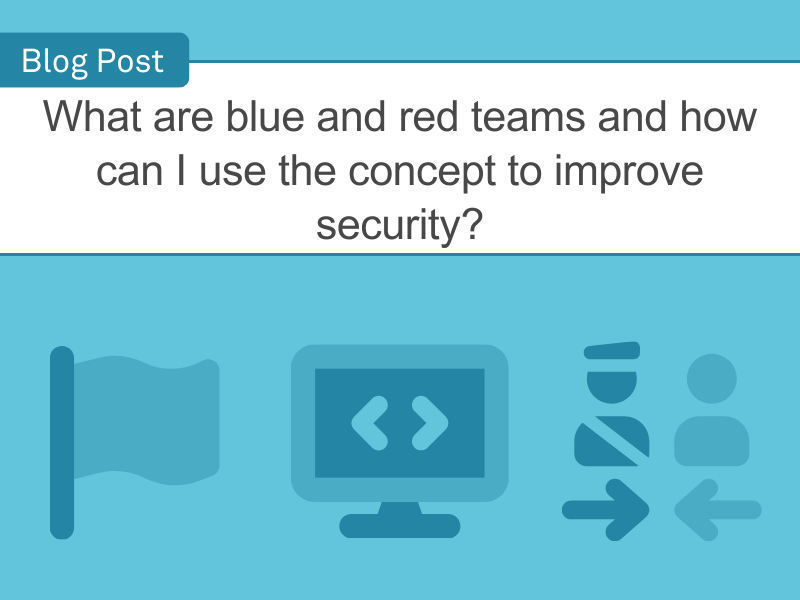Our latest product update enhances our authentication on the AppCheck scanner with new extended support being added for Digest and NTLM authentication. As always, if you require any more information on this topic or want to see what unexpected vulnerabilities AppCheck can pick up in your website and applications then please contact us: info@localhost.

